Growing Lavender In the Garden |
The countryside of southern France is legendary for its fields of lavender (Lavandula x intermedia Provence) grown for the perfume industry. In North America, lavender is a shrubby perennial grown for its flowers and fragrance, but it also serves as a landscape item for its beauty and ability to stand heat and drought. In parts of California, is it used in islands of commercial parking lots, which attests to its toughness.
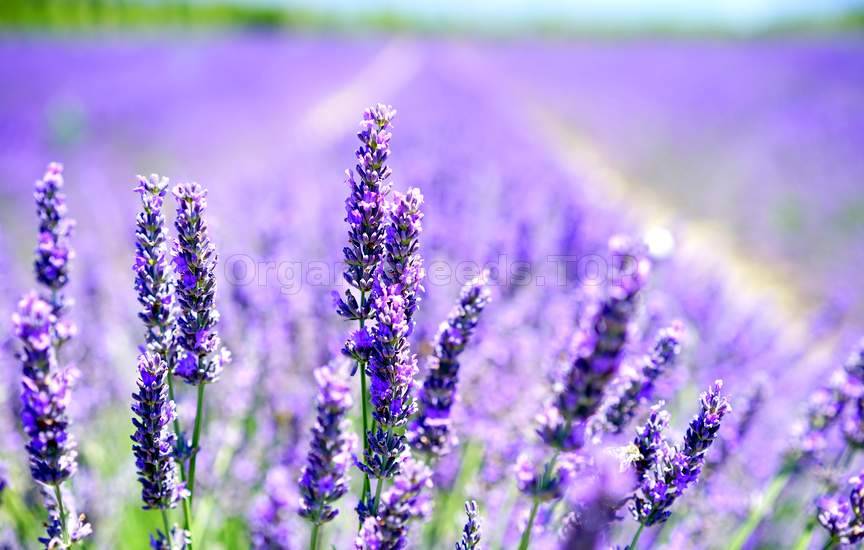 In a formal garden, lavender may be clipped to form a low hedge or an aromatic border along a path. In a rock garden, a single plant or just a few plants may be used to great effect as an accent. And, of course, lavender is a natural choice for any herb garden. The cool, gray-green foliage contrasts nicely with its own flowers, as well as dark green herbs and other plants. Lavender also grows quite well in containers. In the Deep South, it actually does better in pots, as it benefits from improved drainage and air circulation. While the plants thrive in arid Western climates, they are usually considered annuals in the South. Soil, Planting, and Care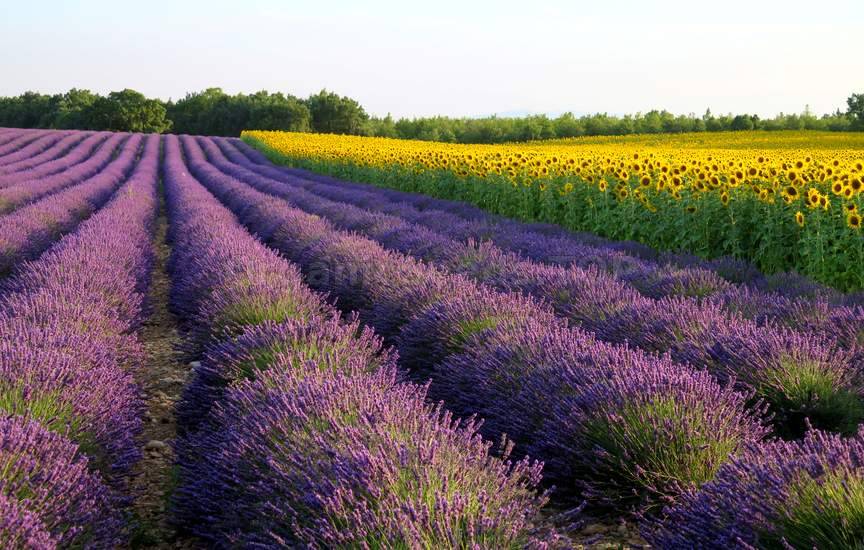 Set out plants 12 to 18 inches apart in an open area with full sun and good air circulation. Plant lavender in well-drained, slightly alkaline soil with a pH between 6.7 and 7.3. You can add builder’s sand to the soil before planting to increase drainage, which is vital because lavender will not tolerate excessive soil moisture or humidity. To further improve drainage, plant lavender in a raised bed, along a wall, or near the top of a slope. In an herb or perennial bed, ensure good drainage by planting lavender on a small mound. Lavender flowers bloom in summer; you can clip faded blooms to encourage continued blooming throughout the warm season. Prune lightly to promote branching, especially in spring once the plants show new growth. Sprinkle bone meal or other phosphorus-rich fertilizer around each plant in the fall to make it stronger and more winter hardy. Work the fertilizer into the first inch of soil, or let the rain soak it in. Troubleshooting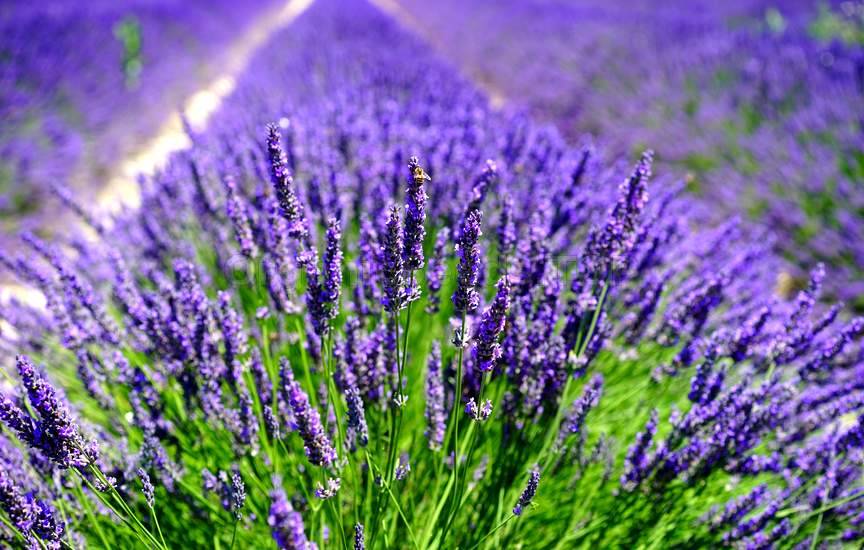 Remember that lavender needs good drainage and good air circulation. Do not over-water, and allow the soil to dry before watering again. When there is a lot of heat and humidity, fungus can attack the plants, turning the leaves brown. To minimize the chance of having such a problem, mulch with pebbles or sprinkle sand around the base of the plant for faster evaporation. If you cut the blooms, trim in a way that thins the plant a bit, leaving it open for better air circulation.
Harvest and Storage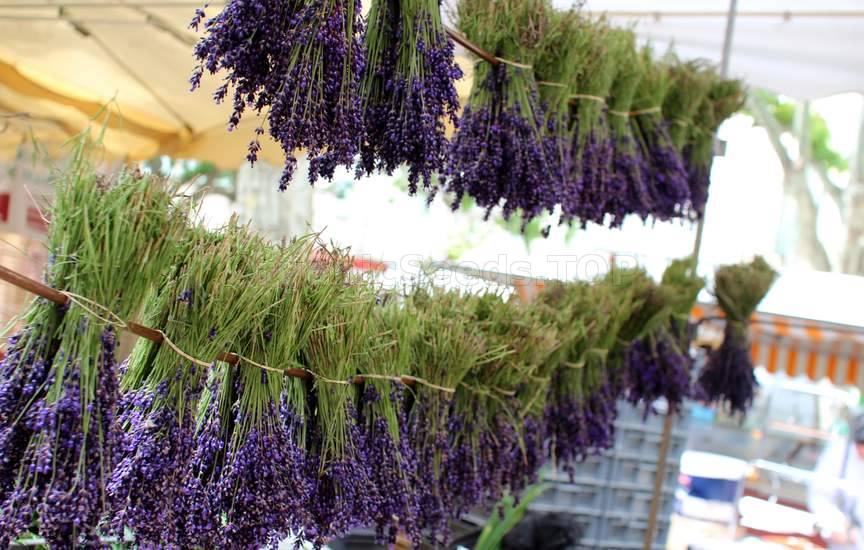 Harvest lavender stems at any time by cutting them from the plant. However, avoid clipping more than every third stem to keep the plant looking full. Flowers will keep their perfume for months when you harvest just before they are entirely open. To dry flowers, gather a bunch of stems and hang them upside-down in a dark, well-ventilated place to preserve color and keep the stems from molding. Uses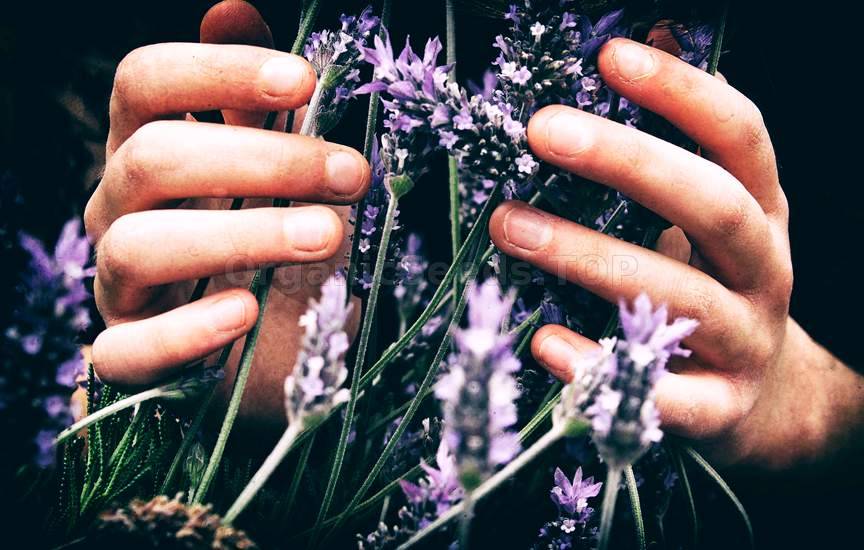 You can dry lavender easily by tying the cut stems in clumps to hang upside-down away from direct sunlight. Fresh flowers may be used in sauces, marinades, and desserts. Handle fragile dried blossoms with care and use them in teas, salts, potpourri, sachets, and crafts. Essential oil is extracted from the fresh flowers of the lavender plant and used for medicinal purposes. Medicinal Uses and Indications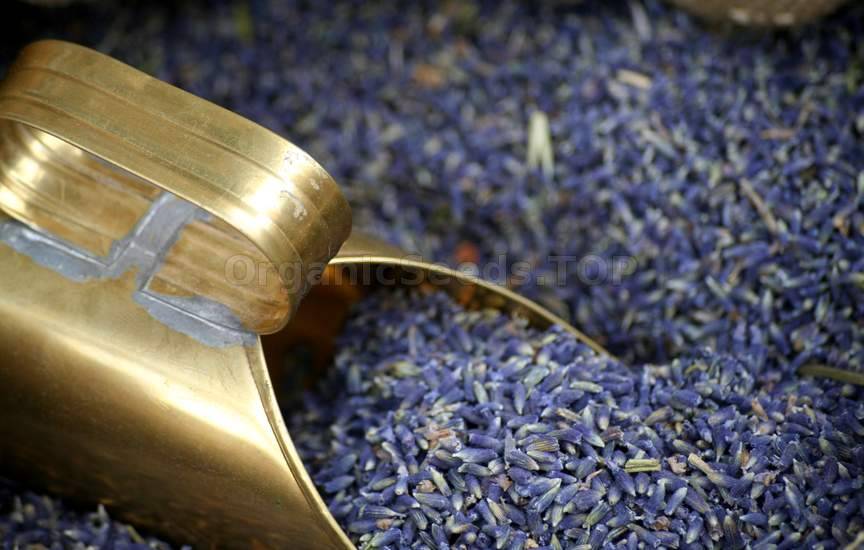 A number of studies have reported that lavender essential oil may be beneficial in a variety of conditions, including insomnia, alopecia (hair loss), anxiety, stress, and postoperative pain. However, most of these studies have been small. Lavender is also being studied for antibacterial and antiviral properties. Lavender oil is often used in other forms of integrative medicine, such as massage, acupuncture, and chiropractic manipulation.
Insomnia or AgitationIn folklore, pillows were filled with lavender flowers to help restless people fall sleep. Scientific evidence suggests that aromatherapy with lavender may slow the activity of the nervous system, improve sleep quality, promote relaxation, and lift mood in people suffering from sleep disorders. Studies also suggest that massage with essential oils, particularly lavender, may result in improved sleep quality, more stable mood, better concentration, and reduced anxiety. In one study, people who received massage with lavender felt less anxious and more positive than those who received massage alone. Several small studies suggest that lavender aromatherapy may help reduce agitation in people with dementia. Lavender flowers have also been approved in Germany as a tea for insomnia, restlessness, and nervous stomach irritations.
Alopecia areataIn one study of 86 people with alopecia areata (an autoimmune disease that causes hair to fall out, often in patches), those who massaged their scalps with lavender and other essential oils daily for 7 months experienced significant hair regrowth compared to those who massaged their scalps without the essential oils. However, there is no way to tell whether it was one or the combination of oils that was effective. On the other hand, preliminary studies also show that lavendar may be effective in treating women with hirsuitism (excessive hair growth).
Other uses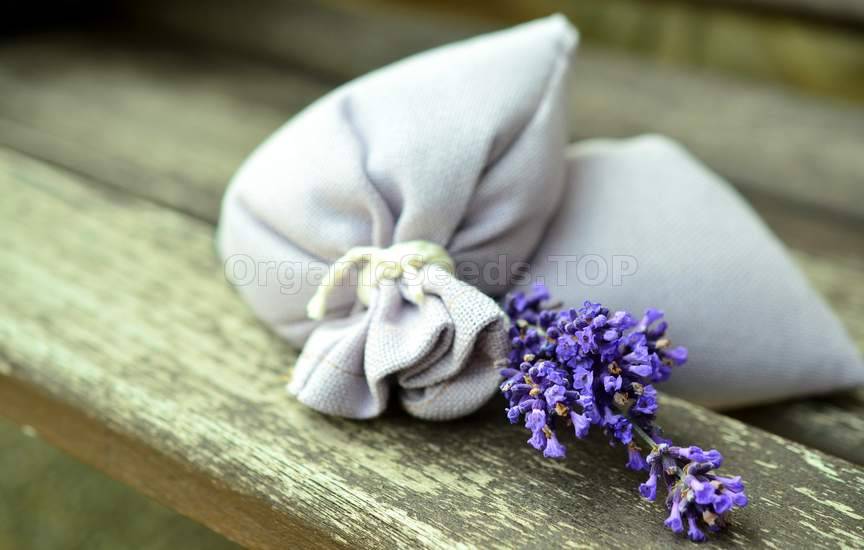 Aromatherapists use lavender in inhalation therapy to treat headaches, nervous disorders, and exhaustion. Herbalists treat skin ailments, such as fungal infections (like candidiasis), wounds, eczema, and acne, with lavender oil. It is also used in a healing bath for joint and muscle pain. One study evaluating treatments for children with eczema founded it was therapeutic touch from the mother that improved symptoms; in other words, massage with and without essential oils (including lavender) both reduced the dry, scaly skin lesions. Another study found that lavender oil may improve pain control after surgery. Fifty people undergoing breast biopsy surgery received either oxygen supplemented with lavender oil or oxygen alone. People in the lavender group reported better pain control than people in the control group. You may need:«Purple Ocean» - Organic Lavender Seeds«German» - Organic Thyme Seeds«Blue Fortune» - Organic Anise Hyssop Seeds«Greek» - Organic Garden Sage«Foliage» - Organic Loosestrife |
|
|
